Bangladesh/21 agosto 2017/Fuente: Ipsnoticias
Cuando uno piensa en Bangladesh, enseguida asocia con sus autoridades, pues las principales figuras políticas son mujeres: la primera ministra, la lideresa de la oposición y la presidenta del Parlamento Nacional. Sin embargo, este país asiático está lejos de la equidad de género.
Aún así, muchas mujeres derriban barreras volcándose a realizar trabajos tradicionalmente masculinos.
Ese es el caso de seis campesinas que trabajan en una estación dispensadora de combustible en la ciudad portuaria de Narayanganj, cerca de Daca, desempeñando tareas que implican un riesgo personal.
En Bangladesh, las mujeres solo representan 27 por ciento de la fuerza laboral, según un estudio del Banco Mundial de 2015.
Happy Akhter, del distrito de Magura, Lippi Akhter, de Moulvibazar, y Rikta, de Patuakhali, son tres de las seis mujeres que trabajan en la estación dispensadora de combustible fundada por un exoficial de policía en 2001.
“Es importante utilizar el potencial de todo el mundo, incluidas las mujeres. Y los sectores más acomodados deben respaldarlas”, dijo Islam al corresponsal de la agencia nacional UNB en Narayanganj.
“Mi satisfacción es poder mantener a mi familia, dos niñas y un niño, con lo que gano”, destacó Lippi. “No me preocupo para nada por mí, pero quiero que mis hijos puedan educarse”, añadió.
Y con respecto a su seguridad, dado los conductores son hombres, Lippi comentó: “estamos seguras porque nuestro jefe es un expolicía. Le agradecemos que se preocupe por nosotras. Incluso hizo arreglos para alojarnos”.
Desempeñar una tarea en la que las mujeres tienen que tratar con conductores requiere valor, porque la violencia contra las mujeres está generalizada en Bangladesh.
En el distrito donde trabajan estas mujeres, una adolescente de 15 años fue violada por un grupo de trabajadores del transporte en un camión en movimiento en la noche del 2 de este mes. La policía detuvo al conductor horas después del incidente, quien confesó ser el responsable del acto junto a otros hombres en la investigación preliminar.
“La sociedad se ve afectada por los reiterados incidentes de violencia contra las mujeres y niños. Estamos afligidos y preocupados con la situación”, expresó la organización defensora de los derechos de las mujeres Naripokkho, en un comunicado de prensa.
“Unas 280 mujeres y niñas fueron violadas entre enero y junio de este año”, indicó Naripokkho, citando el estudio de la organización de derechos humanos Ain o Shalish Kendro. Además, otras 39 sufrieron intentos de violación, 16 fueron asesinadas después del acto y cinco más se suicidaron luego.
Citando datos de la policía, Naripokkho señaló que se archivaron 1.914 casos de violación y que hubo 1.109 violaciones entre abril y junio, unas 12 al día.
En este país de 1,65 millones de habitantes, 49,40 por ciento son mujeres, según la Comisión Electoral de Bangladesh. Sin embargo, ellas solo representan 27 por ciento de la fuerza laboral, según un estudio del Banco Mundial de 2015.
“El mercado laboral sigue dividido en función del género, y los avances hacia la equidad parecen estancados”, señala el informe. En cambio, el vecino Nepal tiene la mayor participación femenina en el mercado laboral llegando a 80 por ciento.
“El aporte de las mujeres a la renta nacional sigue siendo insignificante cuando se lo compara con el de los hombres debido a la subrepresentación de la contribución de ellas a las arcas nacionales”, señala un estudio del Centro para el Diálogo Político (CPD, en inglés), de 2014.
Las mujeres suelen constituir una de cada tres personas en el sector informal en todo el mundo.
Por su parte, la Organización Internacional del Trabajo señala que solo hay 3,25 por ciento de mujeres en el sector público y solo 8,25 en el privado. El restante 89,5 por ciento laboran en el sector informal con variados y, a menudo, impredecibles ingresos o, como es muy común, trabajan sin contrapartida económica.
La falta de reconocimiento de la actividad no remunerada de las mujeres hace que se desvalorice su contribución económica, concluye el estudio del CPD, aunque la situación cambia lentamente gracias a que el gobierno impulsa varios proyectos con apoyo internacional.
Para impulsar el empoderamiento femenino, en particular el empobrecido norte del país, el Departamento de Ingeniería del gobierno local de Bangladesh lanzó el Proyecto de Desarrollo de una Comunidad Resiliente al Clima (CCRIP, en inglés), enfocado en la equidad de género.
El proyecto de seis años se implementará en seis distritos, Gaibandha, Kurigram, Rangpur, Nilphamari, Lalmonirhat y Jamalpur, el llamado bolsón de pobreza.
La iniciativa se propone lograr que por lo menos 33 por ciento de las mujeres ingresen al mercado laboral, y 15 por ciento a las áreas relacionadas con la construcción mediante cursos subsidiados, inclusión de los sectores informales e incentivos para que las empresas contraten mujeres, alfabetización funcional y capacitación en el desarrollo de capacidades.
El proyecto, con perspectiva de género, cuenta con 10 por ciento de hogares encabezados por mujeres que, además, son extremadamente pobres.
El Fondo de Desarrollo Agrícola (IFAD) promueve la activa participación de la Sociedad de Contratación de Mano de Obra, en el que se destaca el Proyecto de Infraestructura Costera Resiliente al Clima (CCRIP, en inglés).
El director del CCRIP, A.K.M. Lutfur Rahman, señaló que el alivio a la pobreza, la educación, la irrigación, la agricultura, el empoderamiento de las mujeres y la plantación de árboles son los aspectos sociales del proyecto, además del componente de ingeniería y de la participación femenina.
Como la seguridad es un asunto preocupante por la violencia que sufren las mujeres, la profesora Sharmind Neelormi, del Departamento de Economía de la Universidad Jahangir Nagar, subrayó la importancia de garantizar un ambiente laboral amigable en las áreas del proyecto, además de revisar el salario.
Sharmind realizó un estudio al respecto con apoyo del Departamento de Ingeniería de Gobierno Local y del IFAD y el 1 de este mes presentó las conclusiones de la investigación.
El empoderamiento de las mujeres es un proceso continuo, puntualizó MB Akther, director de programa y director interino de Oxfam Bangladesh, al ser consultado por IPS.
Una mujer necesita entre cinco y seis año de apoyo multidimensional, indicó. También necesitan ayuda para construir vínculos en el mercado y para generar actividades remuneradas.
Akther aclaró que suministrar capital a las mujeres no es la única solución. También deben saber cómo invertir los recursos para generar ingresos y para ello necesitan capacitación, mejorar sus conocimientos y cooperación para construir vínculos en el mercado.
“Las TIC (tecnologías de la información y comunicación), en particular la operación de teléfonos móviles, también son una herramienta efectiva para que las mujeres busquen trabajo o precios de mercado para un producto”, explicó.
La contribución económica de las mujeres procedía en octubre de 2016 del sector formal y del informal, indicó Qazi Kholiquzzaman Ahmad, presidente de la Fundación Palli Karma-Sahayak. Incluso aquellas que trabajan fuera de casa en ambos sectores, se hacen cargo de las tareas del hogar, apuntó.
“Si las actividades hogareñas de las mujeres y su trabajo en el sector informal se evalúan económicamente y se agregan a la renta nacional, Bangladesh podría ser un país de medianos ingresos”, añadió.
Fuente: http://www.ipsnoticias.net/2017/08/las-mujeres-derriban-obstaculos-con-lentitud-en-bangladesh/
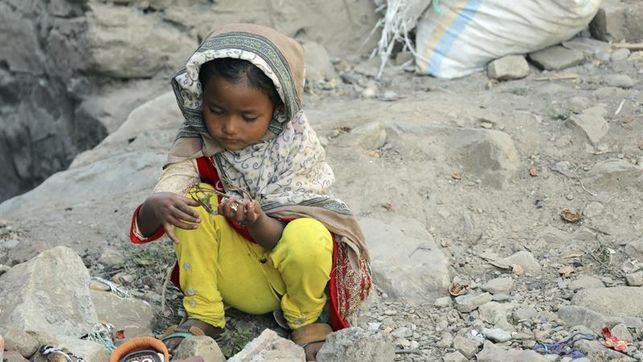
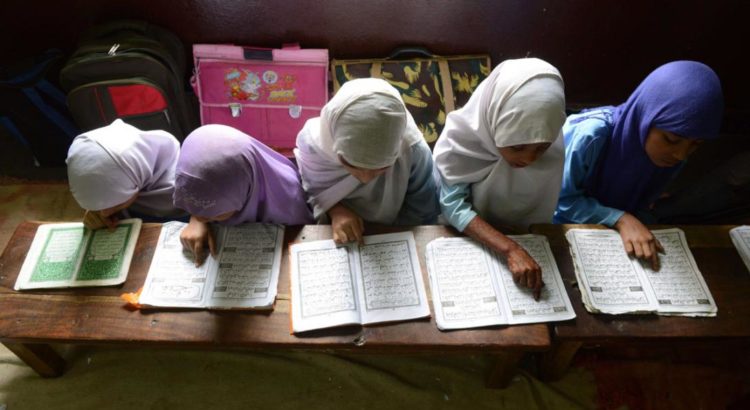

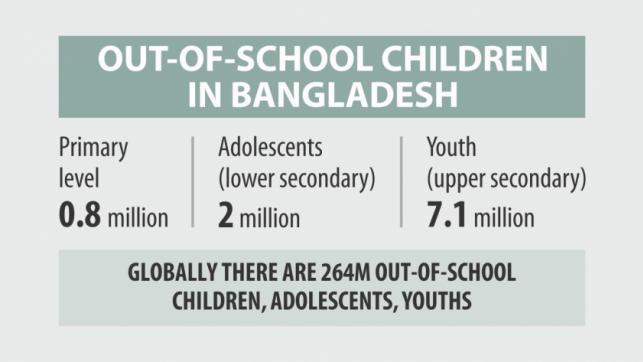
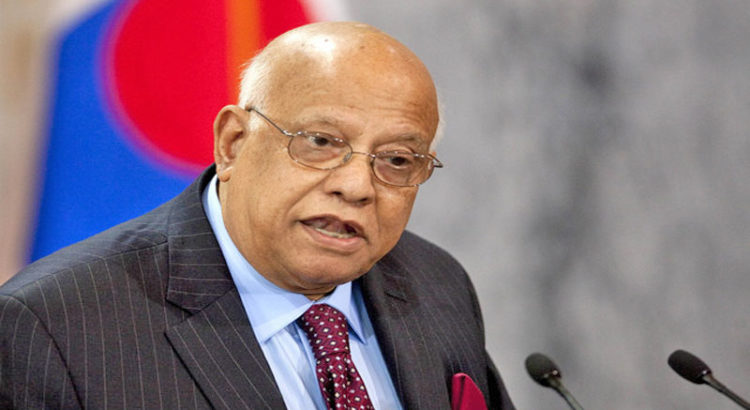
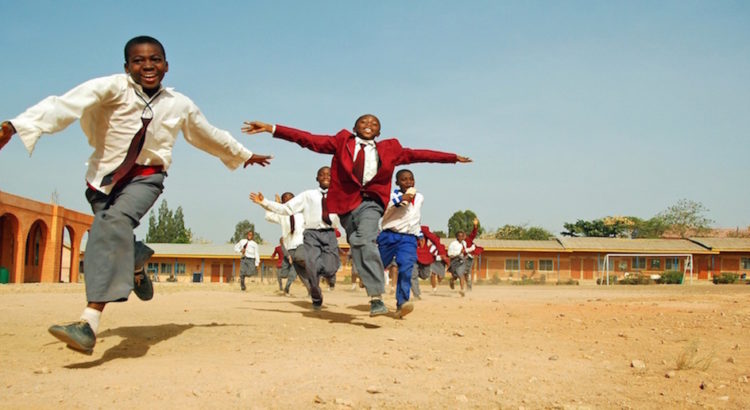








 Users Today : 6
Users Today : 6 Total Users : 35460893
Total Users : 35460893 Views Today : 13
Views Today : 13 Total views : 3420203
Total views : 3420203